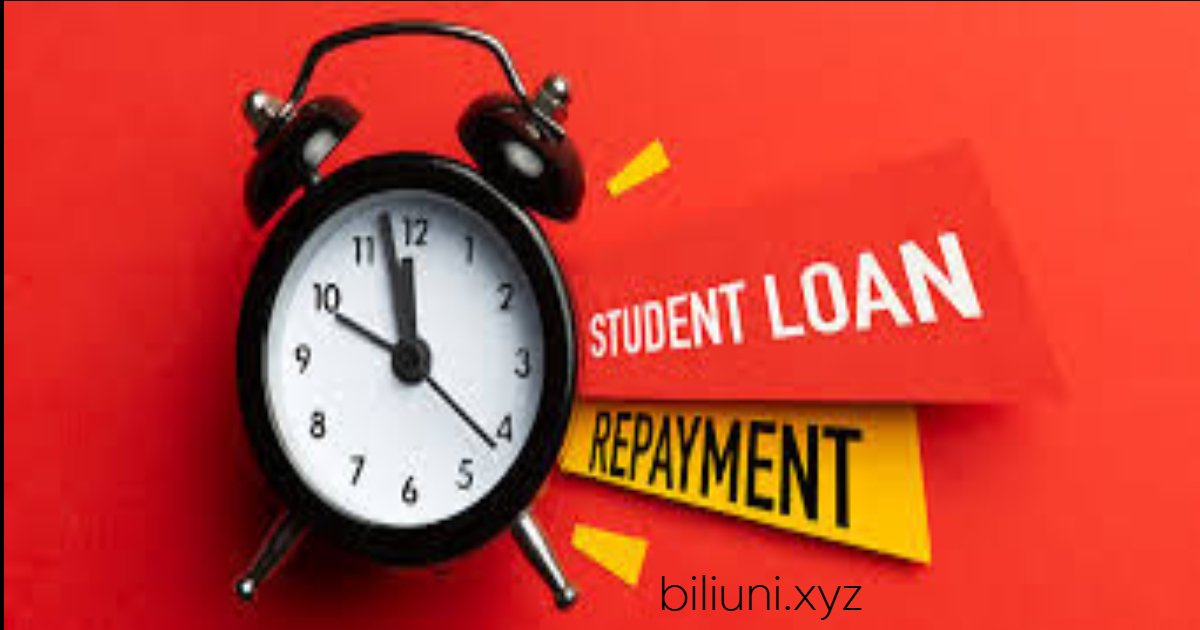Introduction:
Paying off student loans can feel like climbing a massive hill with a heavy backpack. It is exhausting; sometimes, the top seems too far to see. But here’s the good news: repayment plans are designed to make the journey easier. Picking the right repayment plan is like finding the perfect pair of shoes. The wrong ones can pinch and hurt, but the right ones will help you move forward comfortably. In this post, we’ll break down What is the Best Repayment Plan for Student Loans? in a way that’s easy to understand. Let’s get started!
What Are Student Loan Repayment Plans?

When you borrow money for school, you must repay it over time. A student loan repayment plan is simply the schedule for how you’ll do that. The U.S. Department of Education offers different federal student loan plans, while private lenders also have repayment options.
Each plan has unique features; the right one depends on your earnings and desire to repay the loan.
Federal Student Loan Repayment Plans
Federal student loans offer flexible repayment plans to fit different financial situations. Here are the most common ones:
Standard Repayment Plan
This is like the basic plan—the no-frills option.
- How it works: You make the same monthly payment for up to 10 years.
- Best for: People who want to pay off their loans quickly and save on interest.
- Why it’s excellent: You’ll pay less interest overall because the loan is paid off faster.
Why it might not work: Monthly payments can be high, which might be challenging if your budget is tight.
Graduated Repayment Plan:
This plan is a good choice if you’re starting and expect to earn more money in the future.
- How it works: Payments start low and increase every two years.
- Best for: Borrowers who are early in their careers and expect their income to grow.
- Why it’s excellent: It’s easier to manage when earning less.
Income-Driven Repayment Plans (IDR)
These plans are like adjustable shoes—they mould to your income and family size.
- Types of IDR Plans:
- Income-Based Repayment (IBR)
- Pay As You Earn (PAYE)
- Revised Pay As You Earn (REPAYE)
- Income-contingent repayment (ICR)
- How it works: Payments are based on your income and any remaining balance can be forgiven after 20-25 years.
- Best for: Borrowers with low income or a high loan balance.
- Why it’s excellent: Payments can be small or even $0 if your income is low.
- Why it might not work: Forgiveness takes a long time, and you’ll pay more interest overall.
Extended Repayment Plan:
This plan is like stretching a rubber band—it gives you more time to pay but will ultimately cost more.
- How it works: Payments are spread over 25 years instead of 10.
- Best for: Borrowers with high loan balances who need lower monthly payments.
- Why it’s excellent: Smaller monthly payments make budgeting easier.
- Why it might not work: You’ll pay more interest over time.
Private Student Loan Repayment Plans:

Private student loans work differently from federal loans. They don’t offer income-driven repayment or forgiveness options, but they may have other features, like:
- Fixed Repayment Plans: Monthly payments stay the same for a set period.
- Graduated Repayment Plans: Payments start small and increase over time.
- Refinancing Options: You can combine multiple loans into one with a lower interest rate.
- Refinancing is a popular option if you have a stable.
- Income and a good credit score. But remember that financing
- federal loans from private lenders means losing access to federal benefits like income-persistent.
How to Choose the Right Plan:
Picking the right repayment plan is like choosing what to eat for dinner—it depends on what you need and can afford. Here’s how to decide:
- Look at Your Income:
- If your budget is tight, consider an income-driven or graduated repayment plan.
- Think About Your Loan Balance:
- An extended or income-driven plan might make sense if you owe a lot.
- Set Your Goals:
- Want to save money on interest? Go with a Standard Repayment Plan.
- Need smaller payments? Choose an income-driven or extended plan.
- Plan for the Future:
- If you aim for Public Service Loan Forgiveness (PSLF), stick with an income-driven repayment plan.
Frequently Asked Questions:
What’s the cheapest repayment plan?
The Standard Repayment Plan is usually the cheapest in the long run because you pay less interest.
Can I switch repayment plans?
Yes! If your situation changes, you can switch to a different plan by contacting your loan servicer.
What is loan forgiveness?
Loan release means part of your loan balance is wiped away. Programs like Public Service Loan Mercy (PSLF) are available if you meet specific requirements.
Is refinancing a good idea?
Sponsors can save you money if you get a lower interest rate. However, relying on federal benefits like income-driven repayment or forgiveness is not a good idea.
What happens if I can’t afford my payments?
If you need help, contact your loan servicer immediately. Options like deferment or forbearance can temporarily pause payments while you recover.
Conclusion:
Paying off student loans might be a long journey, but the right repayment plan can make it manageable—and maybe even less stressful! Whether you want to pay off your loans quickly or need smaller monthly payments, there’s a plan that can work for you.
Take the time to review your options, think about your income and goals, and don’t be afraid to ask for help. The top of that hill might feel far away now, but with the right plan, you’ll get there sooner than you think.
Got more questions? Drop them in the comments or reach out—we’re here to help!
You have to wait 30 seconds.
